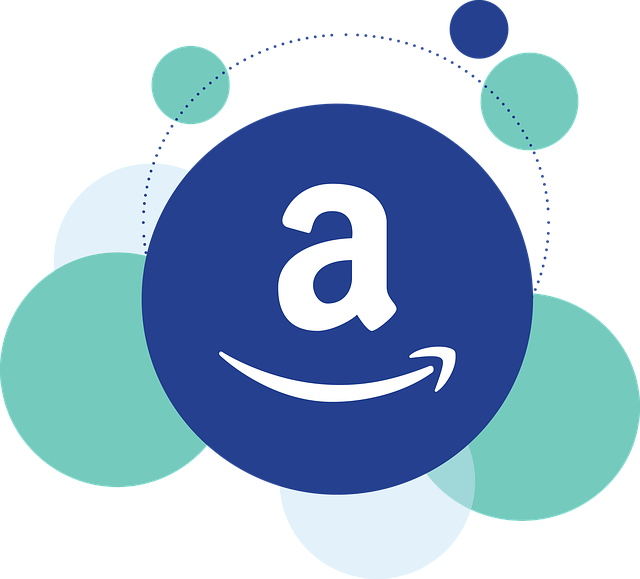Since 1996, I’ve helped clients generate awareness, clicks and conversions via search engines. Over the past decade or more, Amazon has transitioned from a major advertiser on Google to a real threat to Google’s future. According to a Kenshoo study, 56% of consumers start product searches on Amazon. That number increases to 2x in a similar BloomReach study. On the seller-side, 63% of Amazon Advertisers plan to increase budget next year (a larger percentage increase than Google and Facebook spends).
In short, Amazon is the new Google in many respects. If you don’t have a solid Amazon marketing strategy in place, you’re at a disadvantage.
The first and most important step in developing an Amazon strategy, is thoughtful strategic planning. Whether you are a manufacturer, physical or online-only retailer, you need to evaluate a presence on Amazon. Many brands are already on Amazon and have been for years, but I regularly talk to small brands and boutique retailers that are not on Amazon and are hesitant to jump in with both feet. To assess the viability of a presence on Amazon, you must build a strategic plan.
Competitive benchmarking
One of the first and best places to start is to evaluate the competitive landscape. If most of your competitors are on Amazon, that indicates the potential need to remain competitive by joining the fray. Conversely, if your competitors have yet to set up stores on Amazon, it may indicate an opportunity to gain a competitive edge. Manufacturers have a greater challenge, as they must consider the impact on the wholesale/retail channel relationships. Some manufacturers create Amazon-only sub-brands or product lines to protect brand and channel perception. Retailers must also be aware that competitors may be creating “unbranded” stores to protect brand equity, yet still leverage the channel.
Keyword research
Regardless of the number of competitors, the next logical step is to conduct keyword research to understand which brands and products are most popular and competitive. Within the Amazon platform, sellers will see keywords ranked based on the Best Seller Ranking (BSR), which is determined primarily by sales volume, but includes other variables. While searching on Amazon is helpful, utilizing tools like Google Keyword Planner and MOZ are helping see the entire keyword universe, including search engine traffic.
Pricing strategy
Once you’ve identified your product selection, the next step is to develop a pricing strategy. Setting pricing is one of the single greatest influences on ranking factors in product searches. While lowest price is an obvious evaluation criteria, it is not the only factor. The goal on Amazon is to own the “Buy Box” or yellow purchase button associated with every product. $56 billion of Amazon’s $62 billion in sales are triggered by the Buy Box.
While there are a host of dynamic pricing tools available, Amazon provides an “Automate Pricing” tool on Seller Central to help automate pricing decisions. There are two pro tips to consider helping increase sales and Buy Box percentages. Strategies worthy of testing include Lightning Deals, Early Review Program and product bundling (creating a new ASIN). Setting and managing pricing is an important part of the Amazon Seller Central experience, but it can get technical very quickly, so I will save that for another day.
Fulfillment
Before we delve into product page optimization and advertising, I want to touch briefly on a key business decision that will influence how you market your products or Amazon store. Before you sell any product on Amazon, you must decide where it will be warehoused, who will manage inventory and shipments and provide customer support. Amazon offers three options: Seller Central, Vendor Central and Vendor Express. In short, Vendor Express is the best place to start, as it is low risk. Vendor Central provides additional benefits, but is available by invitation only. Seller Central offers the most control over pricing and margins, but also carries higher risk. The chart below outlines the differences between options:
In addition to Vendor Express, Fulfillment by Amazon (FBA) is generally a great way to get product onto Amazon, with potential to reach Prime customers and even achieve Buy Box status, although pricing is typically higher and thus less competitive. In this model, you ship your product to Amazon and they manage fulfillment for your direct sales. This is ideal for smaller businesses that need to focus on product development and marketing instead of warehousing and logistics.
With more than half of all product searches beginning on Amazon, manufacturers and retailers can no longer afford to ignore the marketing juggernaut.
A successful Amazon presence requires research, planning and a long-term commitment. The strategic planning steps outlined in this article will provide a critical foundation for a successful presence on Amazon.
Kent Lewis is the president and founder of Anvil Media.
